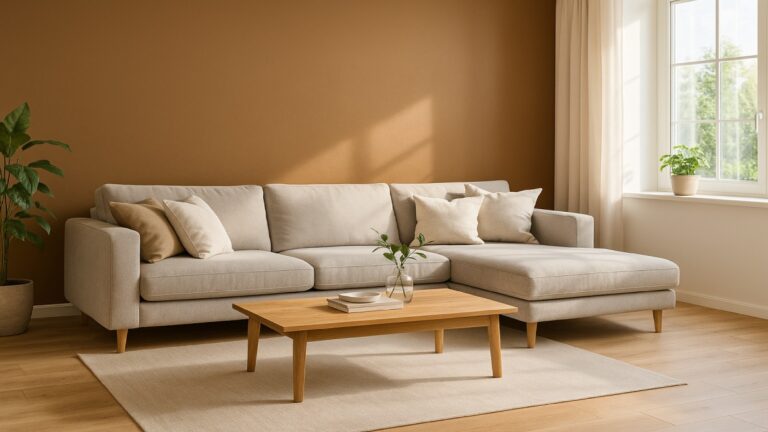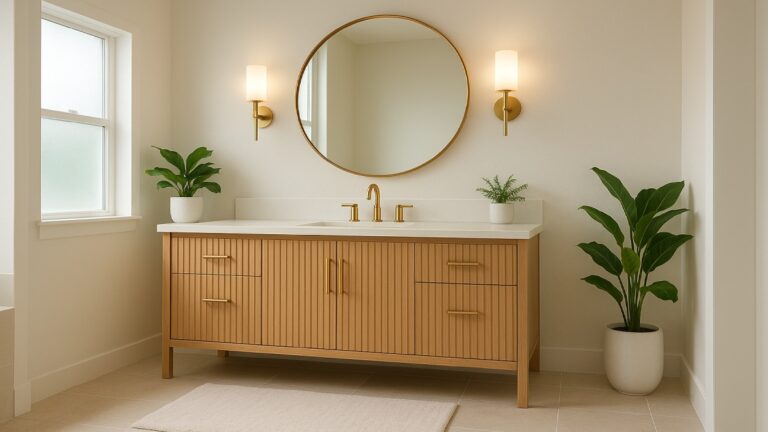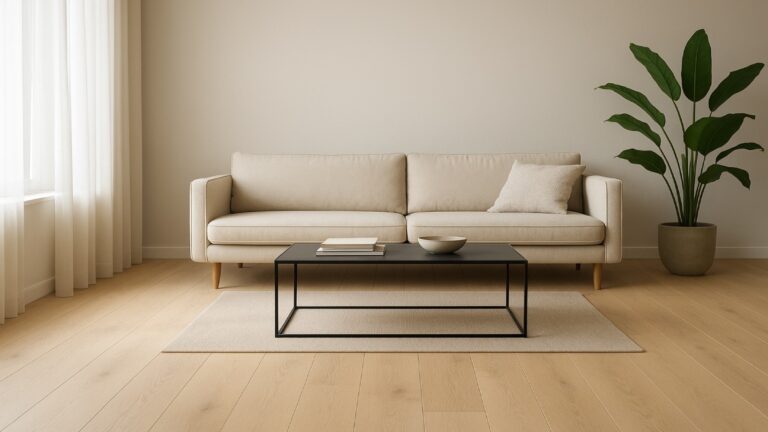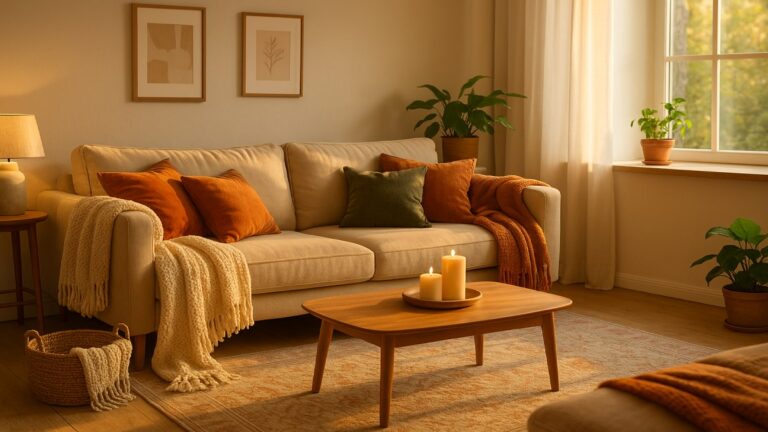Dining Room Lighting Ideas for Perfect Ambience 2025
Lighting shapes how a dining room feels more than any other element. The right balance of brightness, warmth, and fixture style can turn ordinary dinners into memorable experiences. As lighting design evolves in 2025, homeowners are embracing cozy, layered, and smart setups that bring both personality and comfort to their dining spaces. Whether your style is modern, rustic, or minimal, these ideas will help you craft a room that glows beautifully every evening.

Light That Sets the Mood
Every meal tells a story. The lighting in your dining room sets the stage for how that story feels—inviting, relaxed, or lively. Warm tones encourage connection, while cool light feels crisp but less personal. A successful setup always begins with intention. Think about how you use the space: is it for family dinners, game nights, or celebrations? Once the mood is clear, the lighting layers fall into place naturally.
The Psychology of Dining Light
Humans respond emotionally to light. Soft, warm light in the 2700K–3000K range promotes relaxation and makes food look more appealing. Bright white light around 4000K is better for productivity but feels too sterile for dining. A dimmable setup allows your space to shift effortlessly—from bright breakfast energy to soft candlelight dinners. This control over tone and brightness is what transforms a functional room into an experience.
The Power of Layered Lighting
Designers often talk about the “three layers” of light—ambient, task, and accent. Each one serves a specific purpose, but together they create harmony. Ambient light provides the base glow, task lighting makes serving easier, and accent lighting adds personality. When all three work together, your dining area feels balanced, practical, and visually rich.
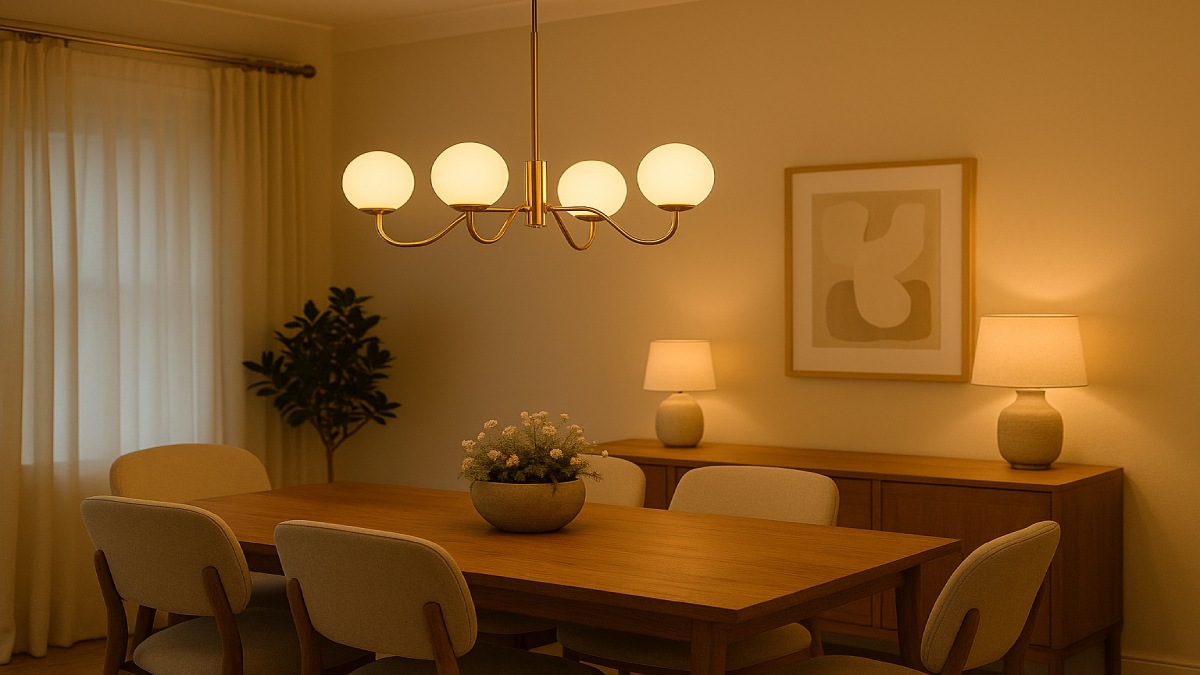
Ambient Lighting: The Foundation
Ambient light is your primary source of illumination—the foundation that supports every other layer. It should be soft enough to relax the eyes but bright enough to navigate comfortably. The most common ambient options are chandeliers, ceiling-mounted fixtures, and recessed lighting. For medium rooms, aim for 20–30 lumens per square foot. Smart LED bulbs can make adjustments easy and efficient, allowing you to set scenes for different moods.
Task Lighting: Focused and Functional
Task lighting ensures you can serve meals, pour drinks, and clear the table without straining your eyes. Sideboard lamps, wall-mounted sconces, and under-cabinet lights on nearby shelves all serve this purpose. Even a small spotlight on a buffet adds a layer of functionality and visual interest. Keep the color temperature consistent with your ambient lighting to avoid harsh contrast.
Accent Lighting: Adding Depth and Drama
Accent lights highlight what makes your dining room special—artwork, textures, or architectural details. A wall washer or picture light draws attention to a painting, while LED strips beneath floating shelves add depth. The best accent lighting has about three times the brightness of your ambient layer, creating contrast that feels intentional rather than overpowering.
Choosing the Perfect Centerpiece Fixture
Your main fixture is more than a light source—it’s the room’s signature. A statement chandelier or linear pendant defines the dining zone and anchors the entire space. Round tables pair beautifully with circular chandeliers, while rectangular tables shine under elongated bars or multi-pendant rows. Always center the fixture above the table for balance.
Hanging Height and Proportion
- Hang the fixture 30–36 inches above the table surface for standard 8-foot ceilings.
- Add 3 inches for every additional foot of ceiling height.
- The width of the fixture should be about half to two-thirds of the table’s width.
This setup keeps the light focused on the table while maintaining clear sightlines across it.
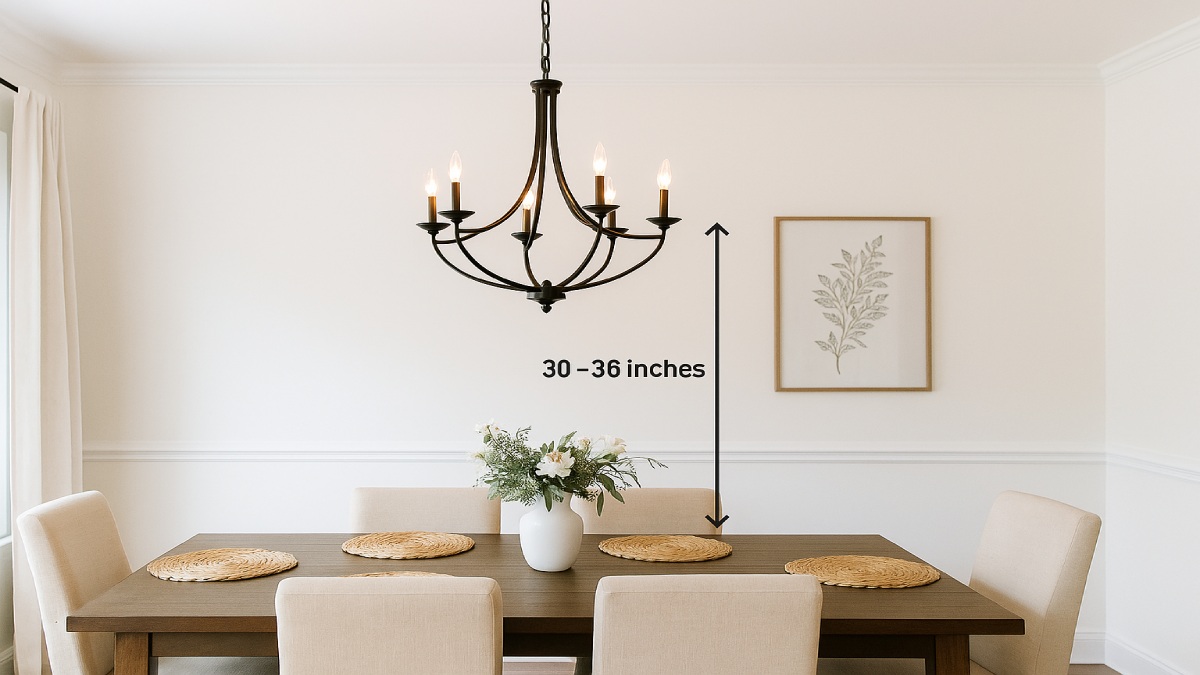
Fixture Styles That Dominate 2025
Lighting design trends for 2025 emphasize character, texture, and eco-friendly craftsmanship. Expect to see a mix of minimalist shapes with organic materials. Matte black and brushed brass are still strong, while rattan, linen, and ribbed glass add natural warmth. LED-integrated fixtures are growing popular for their clean profiles and energy efficiency. Art-inspired designs that blend sculpture and function are a rising favorite among modern homeowners.
Smart Lighting and Dimmers
A dining room’s atmosphere changes throughout the day. Smart dimmers and voice-controlled bulbs make that transition effortless. Create presets for “Family Dinner,” “Date Night,” and “Party Mode.” Smart bulbs that shift from 3000K to 2200K mimic candlelight as the night progresses, offering a cozy glow that makes every meal feel special. Dimmers not only save energy but extend bulb life while giving you full control over your ambience.
Color Temperature and Bulb Choice
Picking the right bulb is as important as the fixture itself. Warm white light between 2700K–3000K flatters skin tones and enhances the look of food. Cool white light feels too harsh for dining spaces. Pay attention to CRI (Color Rendering Index); bulbs with a CRI above 90 make colors look more natural. Choose dimmable LEDs with high efficiency—they deliver warm light without the heat of halogens or the flicker of cheap bulbs.
Design Styles and Lighting Pairings
Each décor style calls for its own lighting story. Here are a few winning combinations:
- Modern Minimalist: Slim LED bars and hidden recessed strips for a clean, architectural look.
- Farmhouse Rustic: Wooden chandeliers and seeded glass pendants with black metal accents.
- Scandinavian Chic: Frosted glass domes, pale woods, and soft neutral tones.
- Industrial Loft: Exposed bulbs, steel cages, and adjustable arms that add flexibility.
- Luxury Glam: Crystal or gold-tone pendants paired with dim-to-warm smart bulbs for sparkle and comfort.

Common Mistakes and Simple Fixes
Even beautiful fixtures can fall short if installed incorrectly. These are the pitfalls to avoid:
- Fixture too high: Light doesn’t reach the table—lower it within the 30–36-inch zone.
- Cool bulbs: Make food look dull—replace with warm LEDs around 2700K.
- No dimmer: One brightness fits none—install a smart dimmer to set the mood.
- Single light source: Add sconces or lamps for layers that prevent flat, harsh lighting.
Practical Layout Examples
Small Dining Nook
A single pendant centered above a round table works perfectly. Add a wall sconce or small lamp nearby for warmth without clutter.
Medium-Sized Dining Room
Combine a statement chandelier with two wall sconces on the longer wall. Include a dimmer switch for flexible brightness during meals and conversations.
Open-Concept Layout
Use a linear pendant over the table and coordinate finishes with your kitchen lights. Add recessed ceiling lights to fill shadows and keep the room visually connected.
Budget-Friendly Lighting Upgrades
You don’t need to spend thousands to elevate your dining room. Here are cost-effective ways to make a big difference:
- Install dimmable smart bulbs—instant ambiance control under $40.
- Switch outdated cool bulbs for high-CRI warm LEDs.
- Add a pair of plug-in wall sconces to introduce a second light layer.
- Use LED candles or battery-powered lanterns for soft, flicker-free charm.
Lighting Materials and Finishes That Shine in 2025
Textured finishes are leading this year’s trends. Linen diffusers, hand-blown glass, and brushed brass add sophistication without excess. Natural fiber shades soften light beautifully, while black or bronze fixtures provide striking contrast. Homeowners are also embracing sustainable materials—recycled metal and bamboo composites are stylish and eco-conscious. The result: lighting that feels tactile, warm, and timeless.
Bulb Brightness and Glare Control
The right brightness level ensures comfort. Too much glare kills the mood, while dim corners feel neglected. Aim for around 300–400 lumens per square meter of table area. Use diffusers, frosted bulbs, or fabric shades to soften direct glare. If your fixture has exposed bulbs, opt for “soft-glow” filament LEDs that keep charm without harsh light.
Smart Scene Examples to Try
- Dinner Mode: 40% brightness, 2700K color, accent lights on.
- Game Night: 70% brightness, all fixtures active.
- Celebration: 100% brightness with a warm tone and centerpiece spotlight.
- Quiet Evening: 25% brightness, warm candle glow.
Creating these presets helps you change the entire mood with a single tap.
Quick Maintenance Tips
Even the best fixtures lose their charm if ignored. Dust your bulbs monthly, clean glass shades gently with a microfiber cloth, and check wiring for looseness or flicker. Replace dimmer-compatible bulbs together to keep color uniform. A few minutes of care each month keeps your dining room glowing consistently warm and inviting.
Final Thoughts
Lighting is the heartbeat of a dining room. The right blend of fixtures, color temperature, and smart control elevates not just your décor but your daily life. Mix creativity with practicality—pair a statement chandelier with subtle wall lights, keep tones warm, and let dimmers handle the mood shifts. With thoughtful design and a touch of experimentation, your dining space can look elegant, feel welcoming, and set the perfect ambience for every meal.
HomeFettle — Crafting Homes with Heart and Hands.

